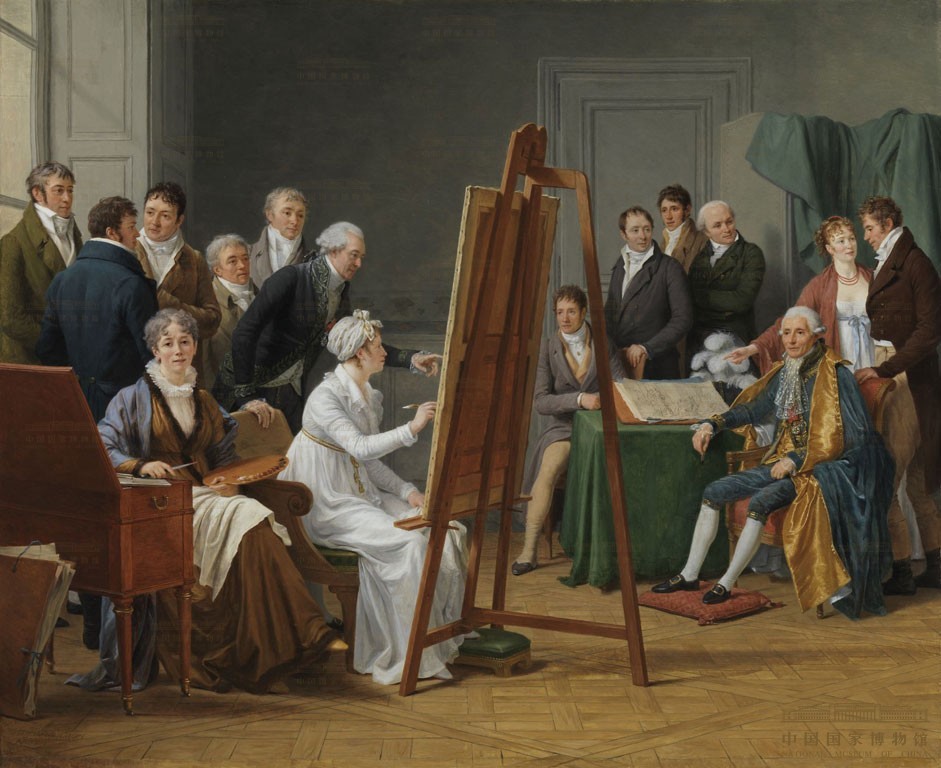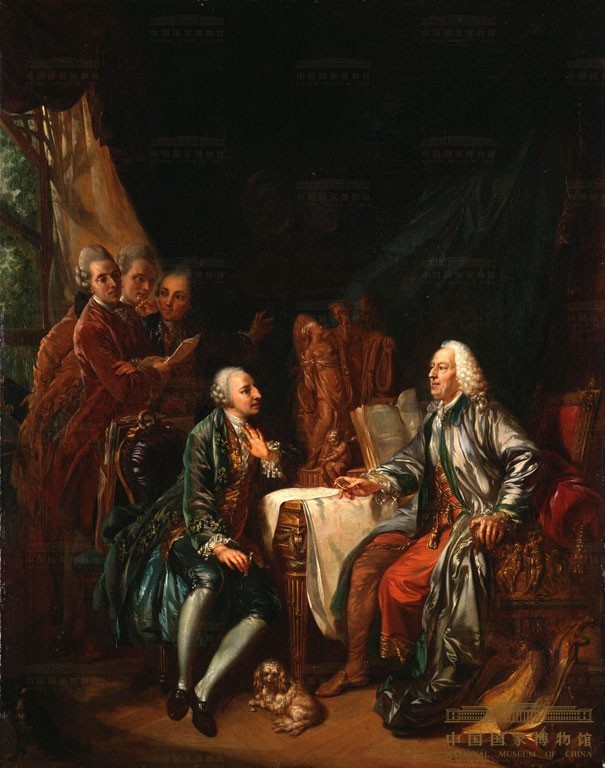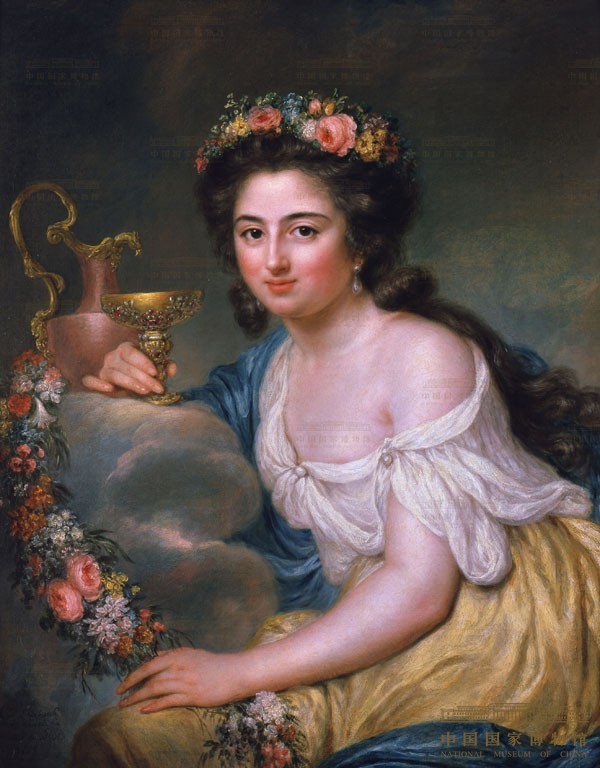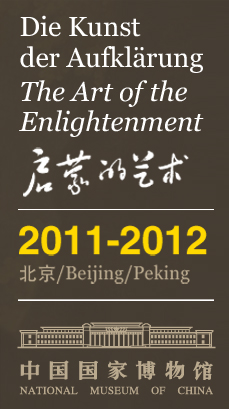Home - Introduction - Emancipation and the Public Sphere

Anna Dorothea Therbusch (1721C1782)
Henriette Herz, 1778
Staatliche Museen zu Berlin, Nationalgalerie
The Enlightenment was the epoch that saw the emergence of the public sphere. Along with parts of the nobility the bourgeoisie now formed the influential educated class. Emancipated men and women founded social clubs based on the principles of liberalism and equal rights. The central medium of the Enlightenment was initially the word and new channels of discussion and criticism emerged in publishing and the theatre. However, the image also gained greater social relevance. Printed art developed into a mass medium: it made knowledge available to wide audiences and became an instrument of political influence. Exhibitions and public museums enabled everyone to access education. Artistic freedom and social commitment became the fundamental claims of the Modern Age.

Marie-Gabrielle Capet (1761C1818)
Atelierszene, 1808
Bayerische Staatsgem.ldesammlungen, Neue Pinakothek, Mnchen

Anna Dorothea Therbusch (1721C1782)
Henriette Herz, 1778
Staatliche Museen zu Berlin, Nationalgalerie







